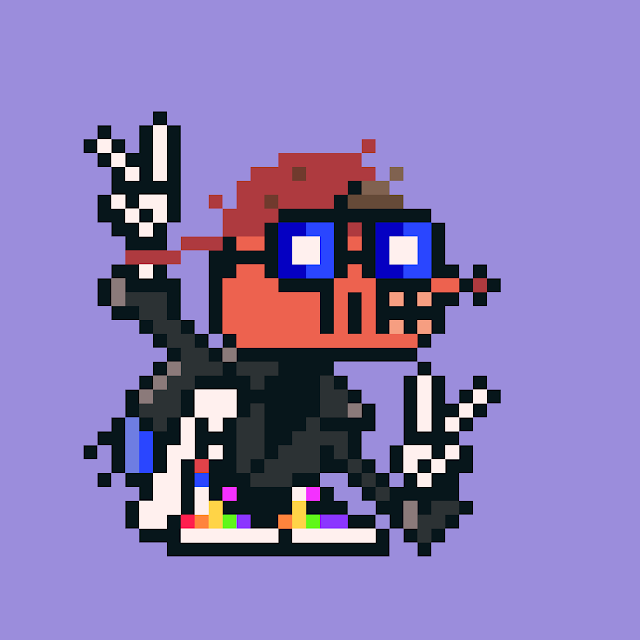Fortunately however, it is a good thing that the "crypto bro" stereotype isn't completely untrue. popularity. As of this writing, the majority users within this Web3 space are males in addition, that's why the NFT space ought to be doing more to support black artists..
However, now Web3 companies are taking note of this. They are taking steps to improve accountability. The Proof company is among the most popular Web3 players that is trying to achieve exactly this.
If you've not known about the group, then you definitely have heard of their work: Proof is the name of the company which manages Proof Collective, the exclusive members-only NFT community behind projects such as Moonbirds, Oddities and Grails, among other projects. In the past, Proof revealed that it had accepted seven Web3 organizations to the Moonbirds community, and gave them with 400 Oddities NFTs, as per information that was shared with nft through Amanda Gadbow, Head of Culture and Community at Proof.
To more closely align with the ideals of equity, diversity and inclusion, which the wider NFT community has criticised for not having the Proof has chosen Endaoment, Unicorn DAO, 50mm Collective, Black@, Human DAO, Deca, and BFF to be recipients of NFTs.
The 400 Oddities Proof donated to the organizations which all revolve around philanthropy , equality of opportunity and philanthropy for historically marginalized groups were derived from 400 Mooonbirds owners who had not "nested" in their NFTs and therefore were not eligible to receive an Oddity.
The process of nesting a Moonbird simply signifies "locking" your NFT and making it non-tradeable. Insuring an Moonbird NFT can be a method to ensure that Proof offers incentives to it's NFT holders to remain and participate actively with the proof community.
The diversity is growing in Web3
"One of the complaints we receive is that since we didn't follow the normal process of granting permissions to Moonbirds and Moonbirds, the only person who were aware that the collectionwas coming to the market were those who were connected to this network called Proof," explained Gadbow in an interview with NFT now. "And it was a small group of people who could be aware of the collection. It's not uncommon for that small segment of people kind of have the same appearance as they're typically men of white skin color."
Gadbow said that as a global brand that is committed to diversities, Proof Co-Founder Kevin Rose thought of ways to address these issues and achieve its internal goals of creating their NFT community as diverse and positive as is possible.
"When I started at the firm, I read all commentaries, every bit the comments, all of the criticisms and thought, 'Let's take the lead and lead the community-based initiatives"" Gadbow continued. Gadbow. "There are an abundance of ways to accomplish that and this NFT donation was just one of them."
This could be an encouraging step in the direction of the alignment of a collection from One of the largest companies within the NFT ecosystem to more inclusive standards. With the assistance from the Proof cofounder Justin Mezzell and the rest of the Proof team, Proof has turned into an unstoppable juggernaut Web3 player. Moonbirds was launched on the 16th of April 2022. Moonbirds was a hit and took the NFT world to the streets, taking it among the 10 most-grossing NFT projects ever one week after its launch.
In response to a question about how she came up with those seven Web3 communities for which Proof donated Oddities, Gadbow said she wanted to ensure that Proof chose communities who are truly committed in helping make Web3 easier to access for the most marginalized communities.

Comments
Post a Comment